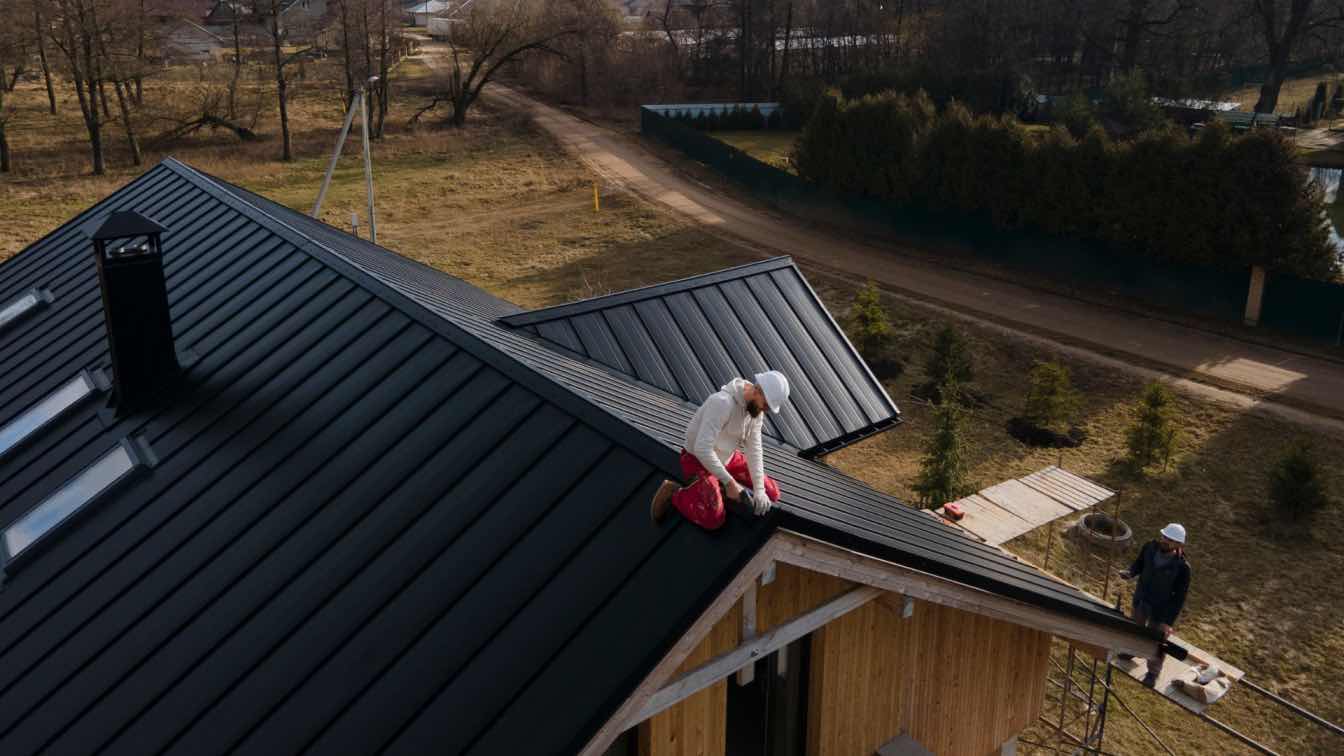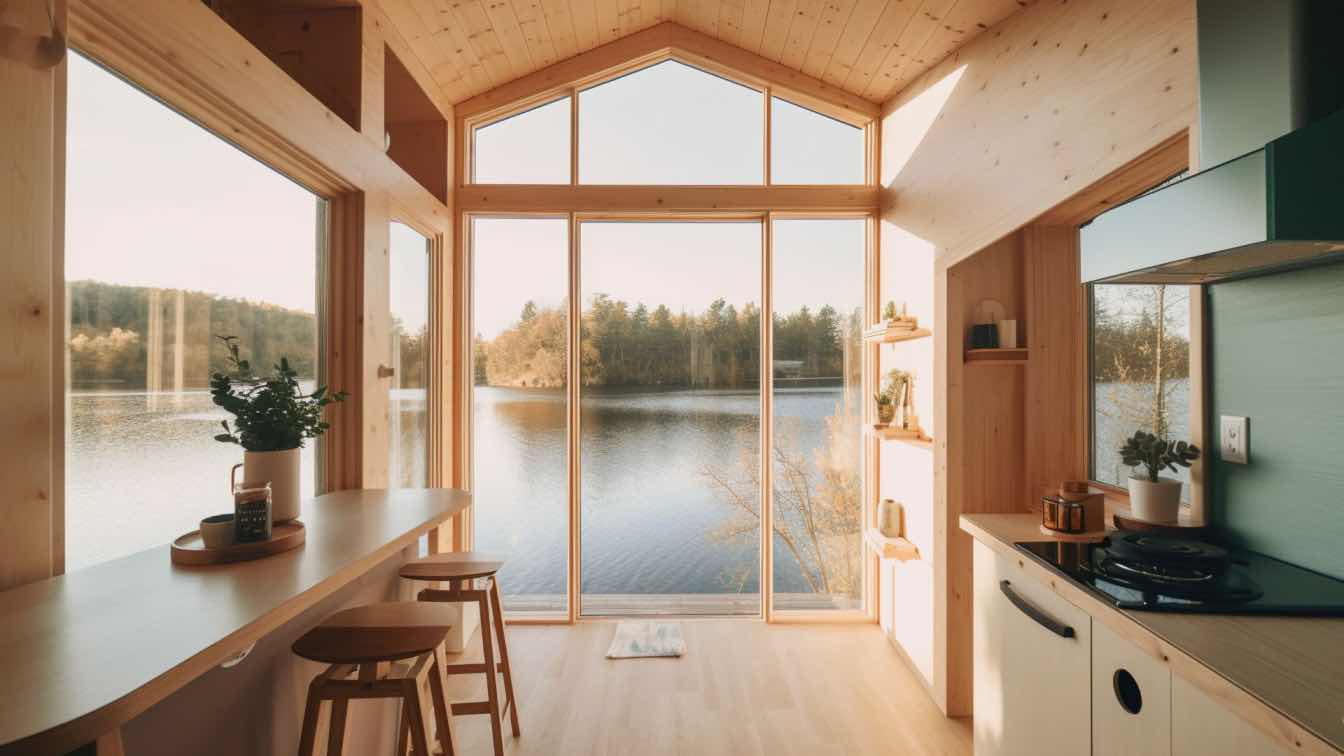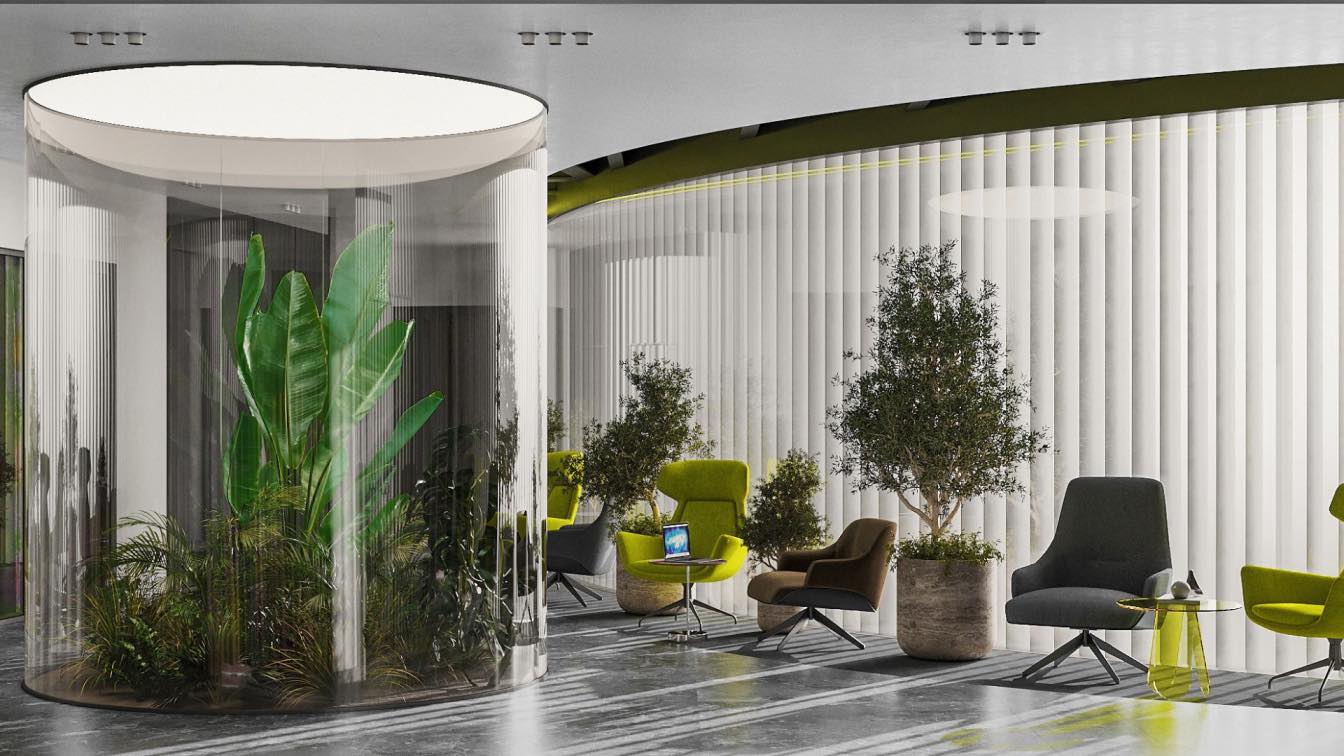From towering skyscrapers to ancient monuments, architecture has the power to transport us through time and space. But in an increasingly digital world, static structures can sometimes feel disconnected from the dynamic information landscape. This is where QR code creators like ME-QR step in, offering a fascinating tool to bridge the gap between physical and digital experiences in architecture.
Imagine scanning a code embedded in a cathedral wall, instantly unlocking its intricate history and hidden details on your smartphone. Or picture strolling through a modern museum, each scan of a ME-QR code revealing breathtaking augmented reality reconstructions of lost artifacts. These are just a glimpse into the exciting possibilities of using QR code maker in architecture, transforming static structures into interactive platforms that deepen visitor engagement and foster a deeper understanding of our built environment.
Unveiling additional Information Treasures with QR codes
Gone are the days of bulky brochures or relying solely on guided tours to understand the stories embedded in our architectural heritage. QR codes offer an instant, accessible gateway to a wealth of information, empowering visitors to explore at their own pace and delve deeper into their interests. Imagine scanning a code on a centuries-old cathedral and unlocking its history, architectural styles, and hidden symbolism, all narrated through your smartphone. Museums can offer detailed explanations of exhibits, historical sites can reveal fascinating narratives about past events, and even modern buildings can showcase their sustainable design features or construction techniques. The possibilities are endless, transforming once static structures into interactive information hubs.
From Static Structure to Interactive Journey
The magic of QR codes in architecture goes beyond mere information access. They can craft engaging, self-guided tours that personalize the visitor experience and bring buildings to life. Strategically placed codes throughout a building act as digital breadcrumbs, leading visitors on a journey of discovery. Each scan triggers audio narration, historical reenactments, or 3D models displayed on their smartphones, enriching their understanding and creating an immersive experience. Imagine following a QR code trail through a medieval castle, encountering virtual characters depicting historical figures or witnessing holographic reconstructions of past events. Interactive tours can be tailored to individual interests, offering curated content based on user choices, making each exploration unique and memorable.
Pushing the Boundaries with Augmented Reality and QR codes
The future of QR codes in architecture is further ignited by the power of augmented reality (AR). Imagine scanning a code on a war memorial and witnessing a historical battle unfold before your eyes, recreated in AR through your smartphone. Or, visualize the lost grandeur of a demolished building superimposed on its current site, offering a glimpse into the past. AR allows visitors to experience architectural wonders beyond their physical limitations, bringing buried stories to life and fostering a deeper emotional connection. Educational institutions can utilize AR to visualize complex architectural concepts or showcase the evolution of building styles through time. The potential for interactive learning and immersive experiences is truly boundless.
Considerations and Best Practices for Seamless Integration
While QR codes offer exciting possibilities for weaving technology into your art, their integration requires careful consideration to ensure a seamless and enjoyable experience for viewers. Here are some key areas to focus on:
1. Aesthetics: Ensure the QR codes blend seamlessly with the architectural environment, avoiding visual clutter and respecting the building's design principles.
2. Clarity: Provide clear signage and instructions guiding visitors towards the codes and their purpose, ensuring an intuitive user experience.
3. Connectivity: Reliable internet connectivity and user-friendly apps are crucial for smooth interaction and uninterrupted exploration.
4. Accessibility: Offer alternative ways to access information for visitors who cannot scan QR codes, ensuring inclusivity and equal access.
5. Data & Privacy: Implement responsible data collection practices and respect user privacy to maintain trust and ethical implementation.
By carefully considering these best practices, you can create QR code art that seamlessly integrates technology into your artistic expression, offering viewers a compelling and accessible experience while respecting their privacy concerns.
The Future of QR Codes Beckons
The integration of QR codes in architecture is still in its early stages, but the future holds immense potential. Emerging technologies like NFC tags promise even more seamless interaction, while advancements in AR and virtual reality can further blur the lines between physical and digital experiences. As architects and technology experts collaborate, we can envision interactive cityscapes where every building tells its story, monuments become portals to the past, and visitors embark on journeys of discovery through QR code-enabled adventures. The future of architecture is not just about bricks and mortar, but about creating dynamic, engaging experiences that connect us to our heritage and inspire us to imagine new possibilities.





